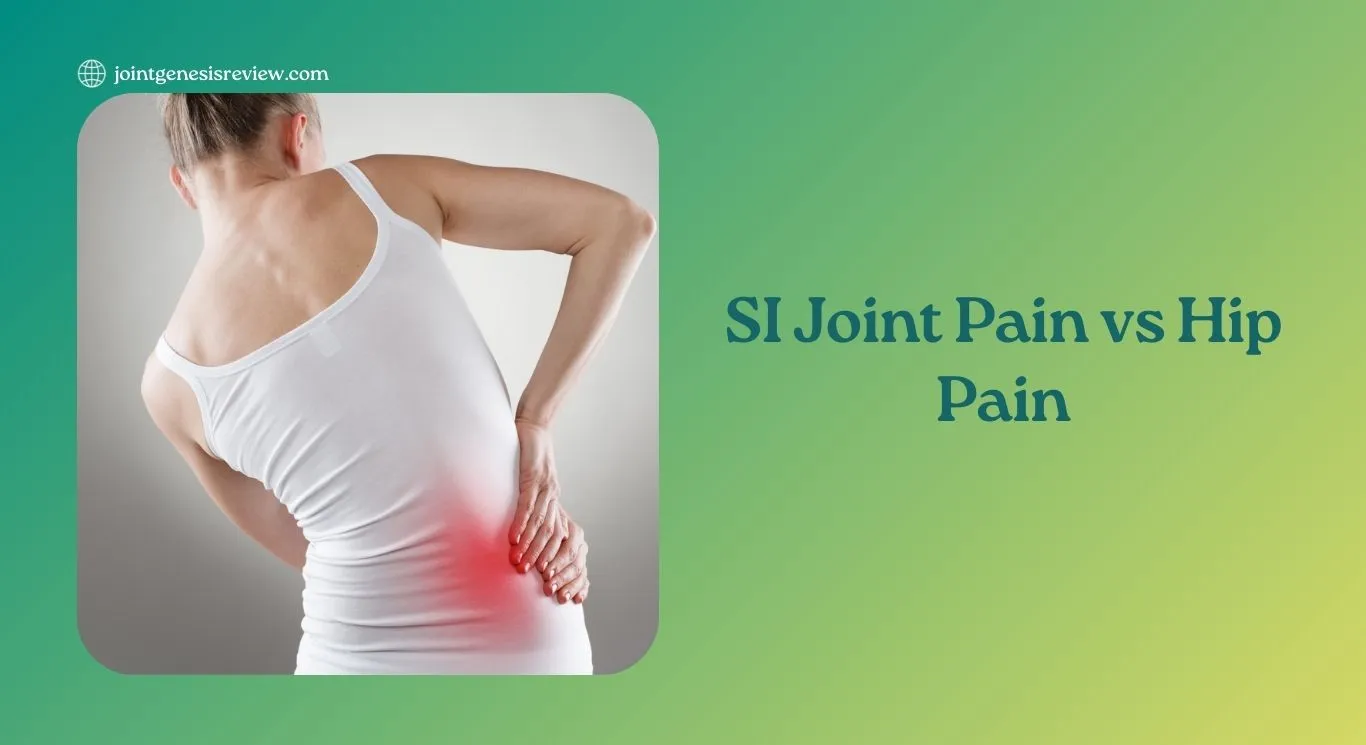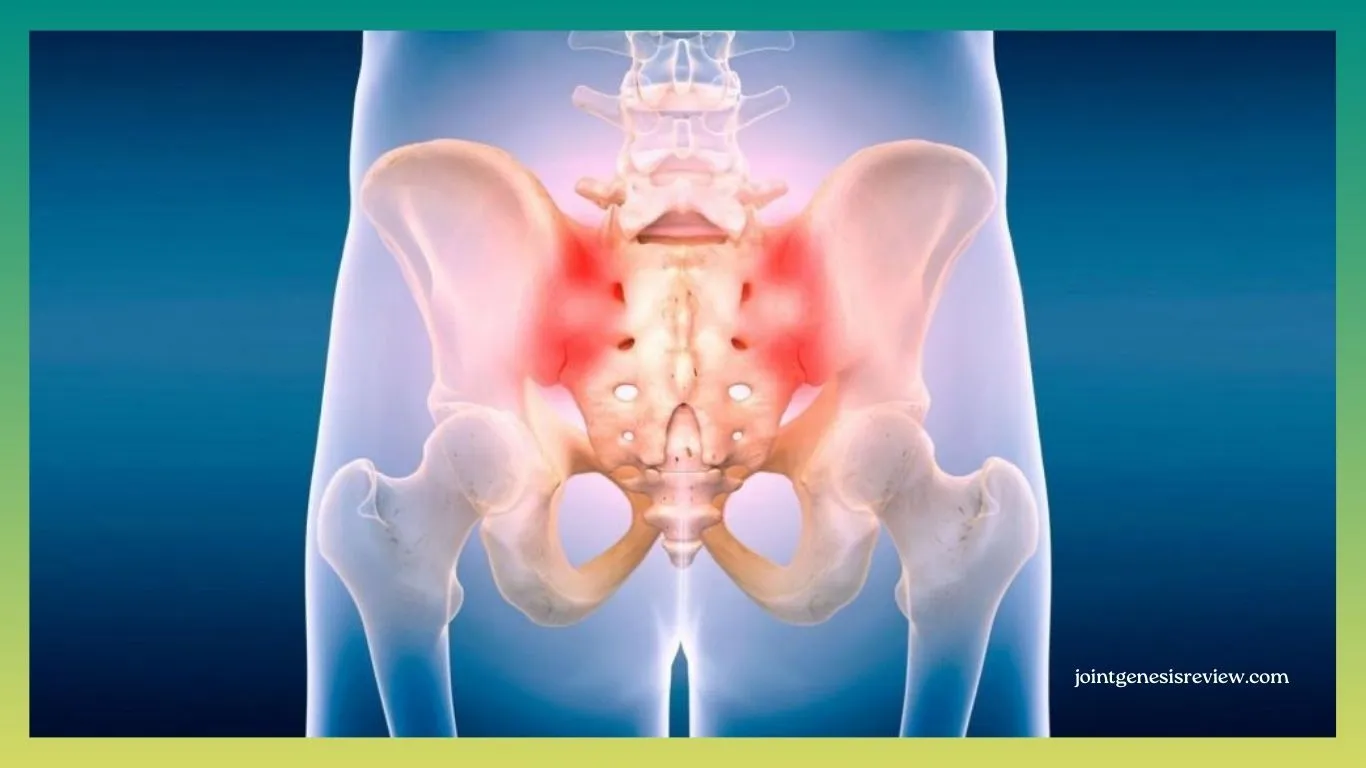SI Joint Pain vs. Hip Pain: Understanding The Difference
Differentiating between sacroiliac (SI) joint pain and hip pain can be challenging, as the symptoms may overlap, but the location and nature of the discomfort can help distinguish the two conditions.

Disclaimer: This article has been generated with the assistance of AI tools. While our research team has fact-checked the content, readers should independently verify information for accuracy and reliability.
If you’ve ever experienced pain in your lower back or hip area, you know it can be frustrating to figure out exactly where it’s coming from. It might be a pulled muscle, a joint problem, or something else entirely. SI Joint Pain vs Hip Pain is a common distinction to make, as two typical sources of this type of pain are the sacroiliac (SI) joint and the hip. Even though they are close to each other in your body, the pain from these areas can feel different and have different causes. In this article, we’ll help you understand the difference between SI joint pain and hip pain, along with some advice on how to manage each.
What Is the SI Joint?

The sacroiliac (SI) joint is where your spine connects to your pelvis. You have two SI joints, one on each side of your lower back. These joints play a crucial role in stabilizing your body and absorbing shock when you move. However, they can also be a source of pain if they become irritated or inflamed.
What Is the Hip Joint?
Your hip joint is a ball-and-socket joint that connects your thigh bone (femur) to your pelvis. This joint allows you to move your leg in different directions and is critical for walking, running, and other activities.
SI Joint Pain: What Does It Feel Like?
SI joint pain often manifests as a dull ache or sharp pain in your lower back, typically on one side. It can also extend down to your buttock or thigh. Some people with SI joint pain experience discomfort when sitting for long periods or when transitioning from sitting to standing.
Common Causes of SI Joint Pain:
- Injury or trauma to the joint
- Arthritis or inflammation
- Pregnancy, due to hormonal changes and added stress on the joint
- Overuse from certain activities or sports
Hip Pain: What Does It Feel Like?
Hip pain generally feels like discomfort or aching in the hip area, which can extend to the groin, thigh, or even the knee. Unlike SI joint pain, hip pain is often aggravated by activities like walking or bending over.
Common Causes of Hip Pain:
- According to the National Library of Medicine, arthritis, such as osteoarthritis or rheumatoid arthritis can be the reason for hip pain.
- Bursitis is an inflammation of the fluid-filled sacs that cushion the joint
- Hip labral tears, where the cartilage around the hip socket is damaged
- Fractures or injuries from falls or accidents
SI Joint Pain vs Hip Pain: How to Tell the Difference
It can be tricky to distinguish between SI joint pain and hip pain, but here are a few general guidelines:
- Location: SI joint pain is typically in the lower back and buttock, while hip pain is often felt in the hip or groin area.
- Movement: SI joint pain may be worse when sitting or moving from sitting to standing, whereas hip pain often worsens with walking or bending.
- Referred Pain: SI joint pain can radiate down the leg, while hip pain might extend to the groin or thigh.
Treatment and Management
If you suspect SI joint or hip pain, it’s best to consult a healthcare professional for an accurate diagnosis and treatment plan. Common treatment options for both types of pain include:
- Rest and ice: Giving the affected area a break and using ice packs to reduce inflammation.
- Physical therapy: Exercises and stretches to improve joint function and flexibility.
- Medication: Over-the-counter pain relievers like ibuprofen or acetaminophen.
- Injections: Corticosteroid injections to reduce inflammation in the joint.
In more severe cases, surgery may be considered, but this is typically a last resort.
When to See a Doctor
If you experience severe pain, swelling, or a significant reduction in your ability to move, it’s important to see a doctor promptly. A healthcare professional can help determine the root cause of your pain and guide you through the best treatment options.
Conclusion
SI joint pain and hip pain can be uncomfortable and disruptive, but with the right diagnosis and treatment, most people can find relief. If you’re unsure about the source of your pain, don’t hesitate to seek medical advice. A proper diagnosis is the first step toward recovery.
References
Alex Milan
Alex Milan is a licensed osteopath and acupuncturist based in United States. He graduated from the British School of Osteopathy in 2017, where he received extensive training in osteopathic techniques for treating musculoskeletal conditions. Alex is passionate about providing patients with holistic, drug-free pain relief and enabling people to live active, healthy lives. He utilizes osteopathic manipulative techniques along with acupuncture and lifestyle advice to address the root causes of pain and dysfunction in the body. With expertise in areas including sports injuries, back and neck pain, headaches, and repetitive strain injuries, Alex has helped numerous patients find relief from pain and return to their regular activities.
